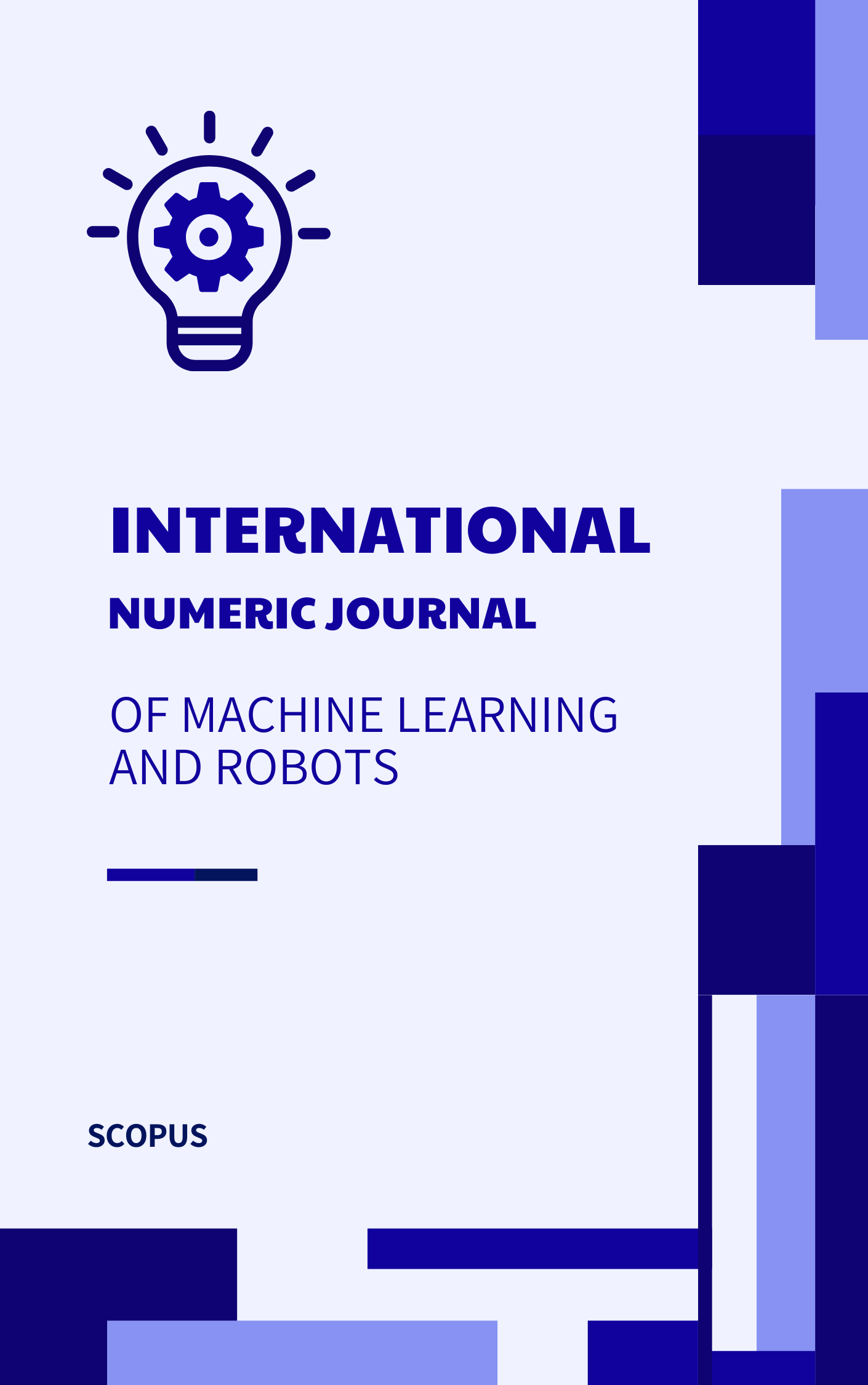Real-Time Monitoring and Auditing of Role Changes in Databases
Abstract
The dynamic nature of modern database systems necessitates robust mechanisms to ensure role-based access control (RBAC) integrity. This paper presents a comprehensive study on real-time monitoring and auditing of role changes in databases. The proposed framework addresses the challenges of unauthorized modifications, compliance with regulatory standards, and proactive anomaly detection. Integrating real-time event listeners, machine learning models, and advanced logging techniques, the system ensures accountability, traceability, and security. This research also evaluates existing methodologies and provides a comparative analysis. Experimental results demonstrate enhanced accuracy and reduced latency in detecting anomalous role changes, emphasizing the importance of this framework in enterprise environments. The framework also incorporates advanced blockchain technology for tamper-proof audit trails, ensuring compliance with regulations like GDPR and HIPAA. By leveraging distributed systems, the proposed solution offers scalability, making it suitable for multi-tenant and cloud-based environments. This study contributes to bridging the gap between traditional database security methods and modern requirements for real-time adaptability and proactive security measures. Key findings indicate a significant improvement in anomaly detection rates and reduced system overhead, paving the way for its practical adoption across various industries.
References
General Data Protection Regulation (GDPR). Available: https://gdpr-info.eu/
U.S. Department of Health & Human Services, HIPAA: Health Insurance Portability and Accountability Act. Available: https://www.hhs.gov/hipaa
D. Ferraiolo, J. Cugini, and D. R. Kuhn, "Role-based access control (RBAC): Features and motivations," Proceedings of the 11th Annual Computer Security Applications Conference, pp. 241-248, 1995.
R. Sandhu, E. Coyne, H. Feinstein, and C. Youman, "Role-based access control models," Computer, vol. 29, no. 2, pp. 38-47, 1996.
J. B. D. Joshi, W. G. Aref, A. Ghafoor, and E. H. Spafford, "Security models for web-based applications," Communications of the ACM, vol. 44, no. 2, pp. 38-44, 2001.
S. Nakamoto, "Bitcoin: A Peer-to-Peer Electronic Cash System," 2008. Available: https://bitcoin.org/bitcoin.pdf
P. E. Karthik, G. Raj, and S. Karthikeyan, "Efficient log analysis and detection using big data analytics," IEEE Transactions on Big Data, vol. 6, no. 3, pp. 142-153, 2020.
J. Singh, L. Lougiakis, and P. Hui, "Real-time monitoring of distributed systems using event-driven architecture," Proceedings of the IEEE International Conference on Cloud Computing Technology and Science, pp. 321-329, 2018.
S. Nakamoto et al., "Blockchain auditing and immutable ledger technologies," IEEE Communications Surveys & Tutorials, vol. 21, no. 3, pp. 523-540, 2019.
R. Zyskind, O. Nathan, and A. Pentland, "Decentralizing privacy: Using blockchain to protect personal data," Proceedings of the IEEE Security and Privacy Workshops, pp. 180-184, 2015.





